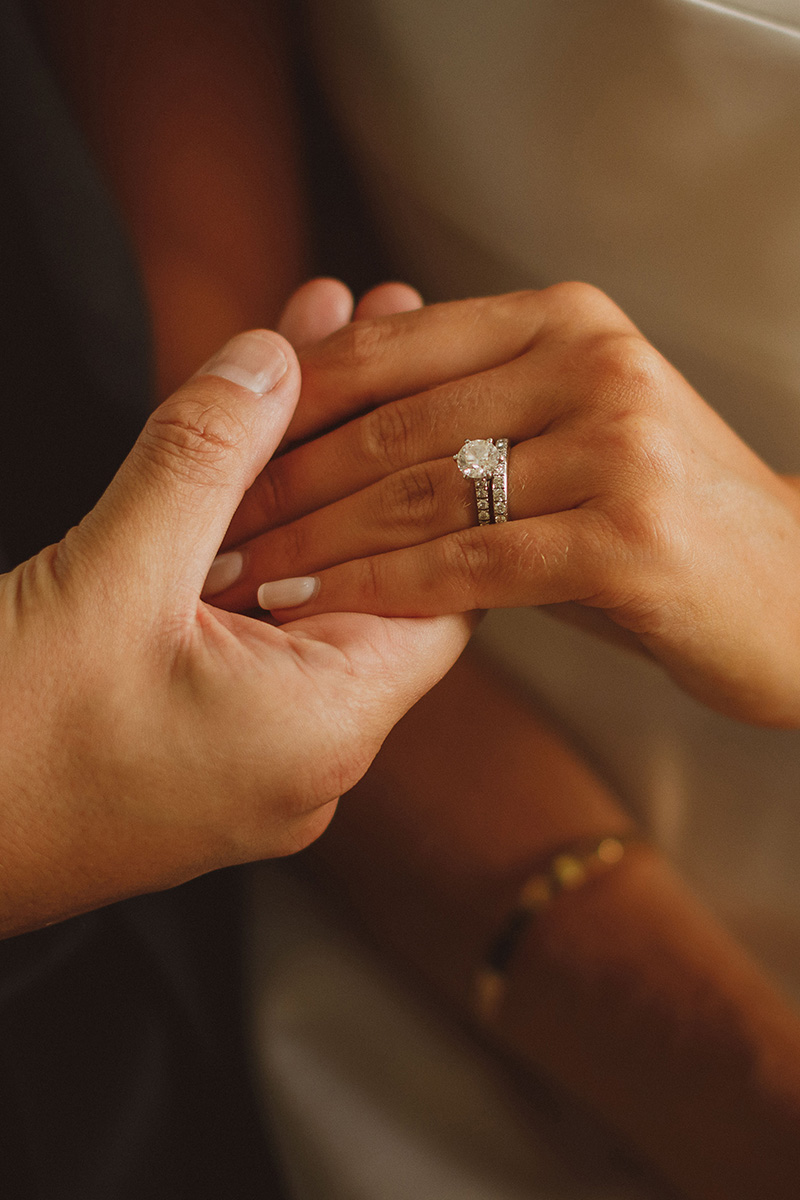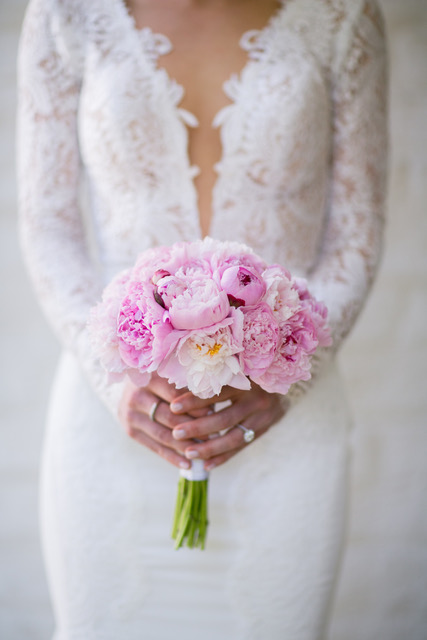The marquise-cut diamond is an elegant, elongated stone that more than matches up to its noble heritage. Many descriptions have been used to describe the distinctive shape of this particular cut; some refer to it as an ellipsis, while others contrast its design to that of a long thin eye. To the French, who first pioneered the style, the pointed ends and spread out centre compare favourable to a navette, directly translating to “small boat” in English.
The Story of the Marquise-Cut
Those of you with a keen knowledge of French aristocracy may already be familiar with the Marchioness Madame de Pompadour, Jean Antoinette Poisson. As the favoured mistress of King Louis XV of France the Marchioness enjoyed rare influence in the king’s courts, and was especially renowned for her prowess in the arts.
In recognition of the good taste and rare beauty of his mistress, Louis commissioned the creation of a cut-diamond that perfectly matched the shaped of the Marchioness’s lips. The resulting shape was the first version of the Marquise-cut we see today. Since the 1800’s the shape of this diamond has been refined over the years, but the central elements of the marquise remain in its delicate, elongated appearance.
What to Look for in a Marquise-Cut Diamond
With their long, narrow appearance and large crowns, marquise-cut diamonds are known for appearing larger than their actual size. The diamond is cut to contain 58 facets, with 33 on the crown and 25 across the pavilion. The distinctive ends of the stone are often cut into a sharper “French tip” design which is unfortunately prone to chipping, so be sure to protect your diamond with a pronged or clawed setting.
Colour
Although marquise-cut diamonds do show their colour more than other brilliant cut diamonds; because of their narrow shape most people will find it quite difficult to differentiate between one grade and the next. Experts generally recommend choosing a diamond that’s in the G-H colour range, which will seem colourless to the naked eye.
If you’re looking to retain the antique appearance of this classic gem then you may even opt for an I or J grading, especially if you’re looking to place the diamond in a yellow or rose gold setting. Be wary, however as the diamond will appear darker at the tapering ends, so you may want to opt for a higher colour grade to avoid this.
Clarity
As with colour, Marquise-cut diamonds will show their inclusions more readily than other brilliant shapes. Because of the slimness of these gems, we suggest relying on naked eye inspections rather than grading reports or pictures, in order to truly determine the clarity of your diamond. Focus your search on diamonds that fit within the VS-SI range for best results.
Cut
The most important thing to look for when evaluating the cut of a marquise is symmetry. While the narrowness or fatness of the diamond’s body can be left to personal preference, the end points of the stone should always align and diamond should look identical from right to left. Even the smallest imperfection in symmetry will be immediately noticeable with this cut.
Although all marquise cut diamonds will produce a “bow-tie” effect to some extent (darker region at centre of the diamond), a brilliant cut stone should minimise this feature to a great extent.




